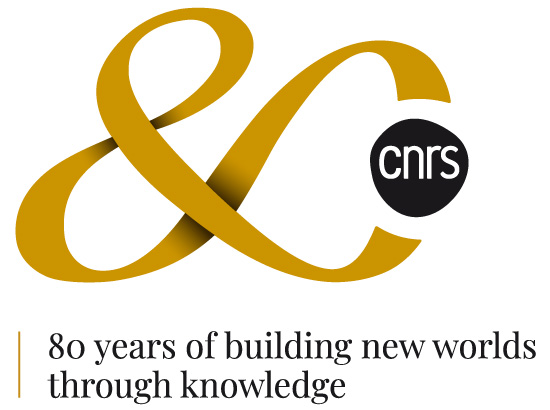Estimation of dimension and time variation of local scour at short abutment
Accurate prediction of the local scour at abutments is an important criterion to design a safe depth for the bridge foundation. In this paper, the dimension and variation of local scour with time at a vertical-wall abutment were investigated experimentally under clear-water conditions. The multiple linear regression (MLR), gene expression programming (GEP) and artificial neural networks (ANNs), feed forward back propagation and radial basis function were used to predict the time variation of scour depth at a short abutment. Results indicated that the dimension of the scour hole in the x-direction ranged from 3L to 5L upstream and downstream of the abutment, respectively, and also 4L in the y-direction. Statistical analysis showed that, although the ANNs technique produced better results (R 2 = 0.997, RMSE = 0.0113 and MAE = 0.0071) in comparison with the GEP (R 2 = 0.959, RMSE = 0.068 and MAE = 0.044) and MLR techniques (R 2 = 0.958, RMSE = 0.059 and MAE = 0.041), both GEP and MLR are more practical methods. Finally, sensitivity analysis indicated that the local scour was greatly affected by the three studied parameters in the following order, time ratio (t/t e) > abutment length ratio (L/y) > velocity ratio (U/U c).

















